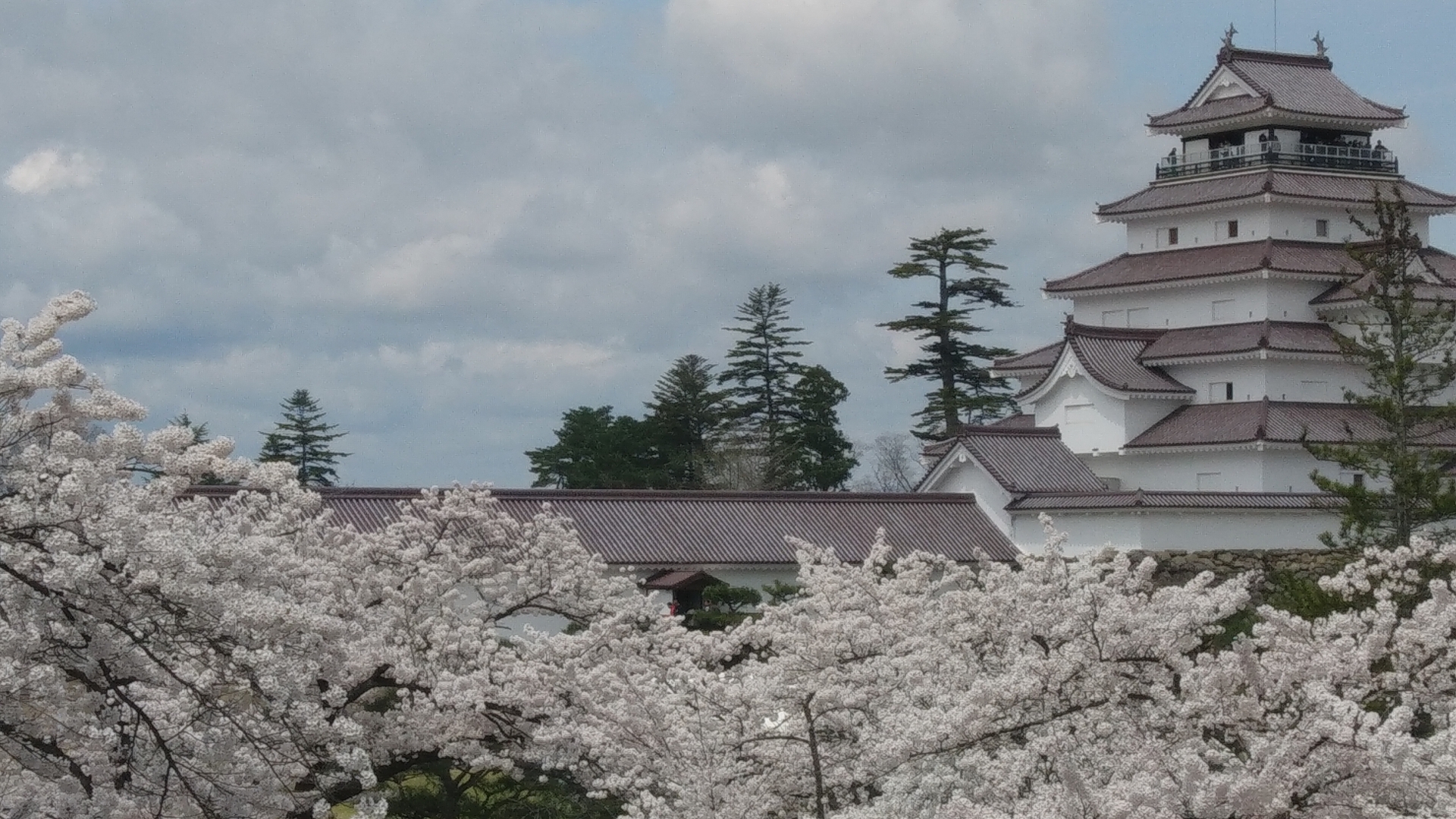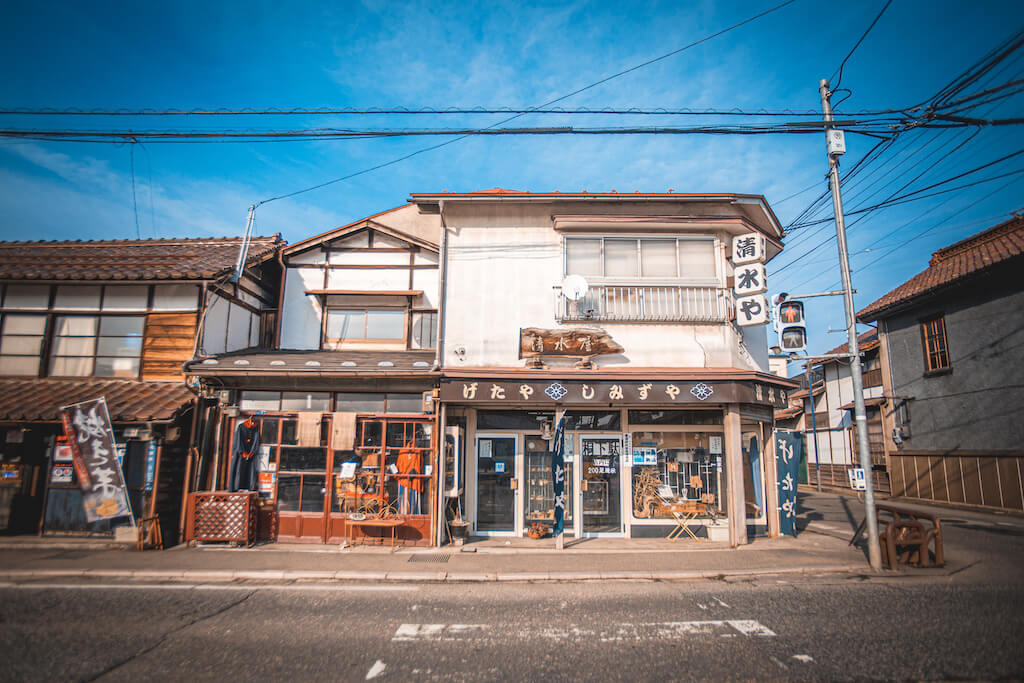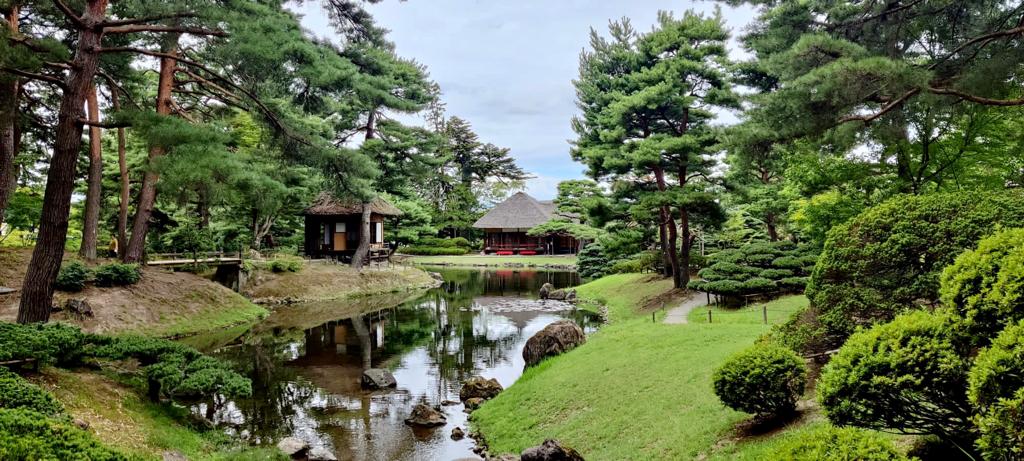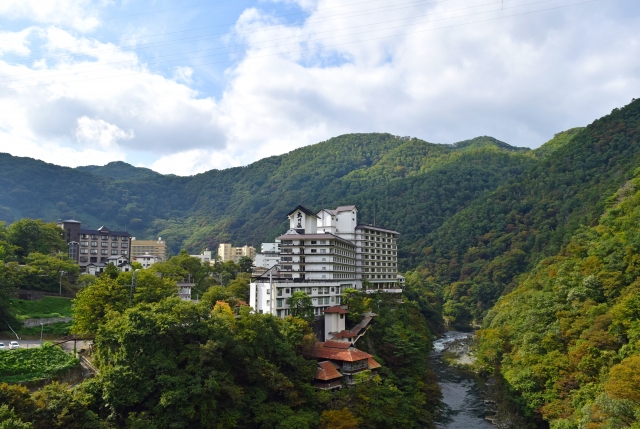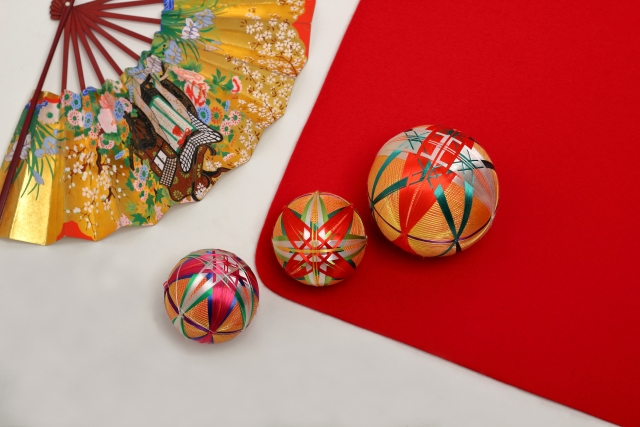Cultivating traditional culture, offering unique food, and home to beautiful scenery, Fukushima Prefecture is known for producing some of Japan’s best fruit and sake. It’s the third largest prefecture of Japan and has a deep history connected to samurai culture. Despite the scare of the 2011 Tohoku Earthquake, tourism in Fukushima has bounced back tremendously and Fukushima has become a popular destination to catch the views of seasonal foliage in autumn as well as enchanting sakura blossom in spring, enjoy onsens, and hike through the mountains. One such destination is Aizu-Wakamatsu (会津若松), a well-preserved traditional castle town which calls itself Samurai City. It was once known as the land of the samurai during the Edo period (1603-1868) and was one of the last strongholds to stand during the Boshin War (1868-1869). Aizu-Wakamatsu is fairly close to Tokyo and can be reached by train, therefore it makes a good weekend trip. Let’s have a look at how to spend a weekend in Japan’s Samurai City Aizu-Wakamatsu.
How to get to Aizu-Wakamatsu
The town is easily reached by Shinkansen from Tokyo in about 3 hours. From Tokyo Station, take the fast bullet train to Koriyama to change trains to continue to Aizu-Wakamatsu Station. While the area is quite rural and a private rental car is the best and fast way to get around, traveling throughout the town is made easy with the purchase of a one day transportation pass. For only ¥600 the pass can take you on sight seeing buses across town to all the major tourist destinations. You can also rent bicycles at Aizu-Wakamatsu Station if you like.
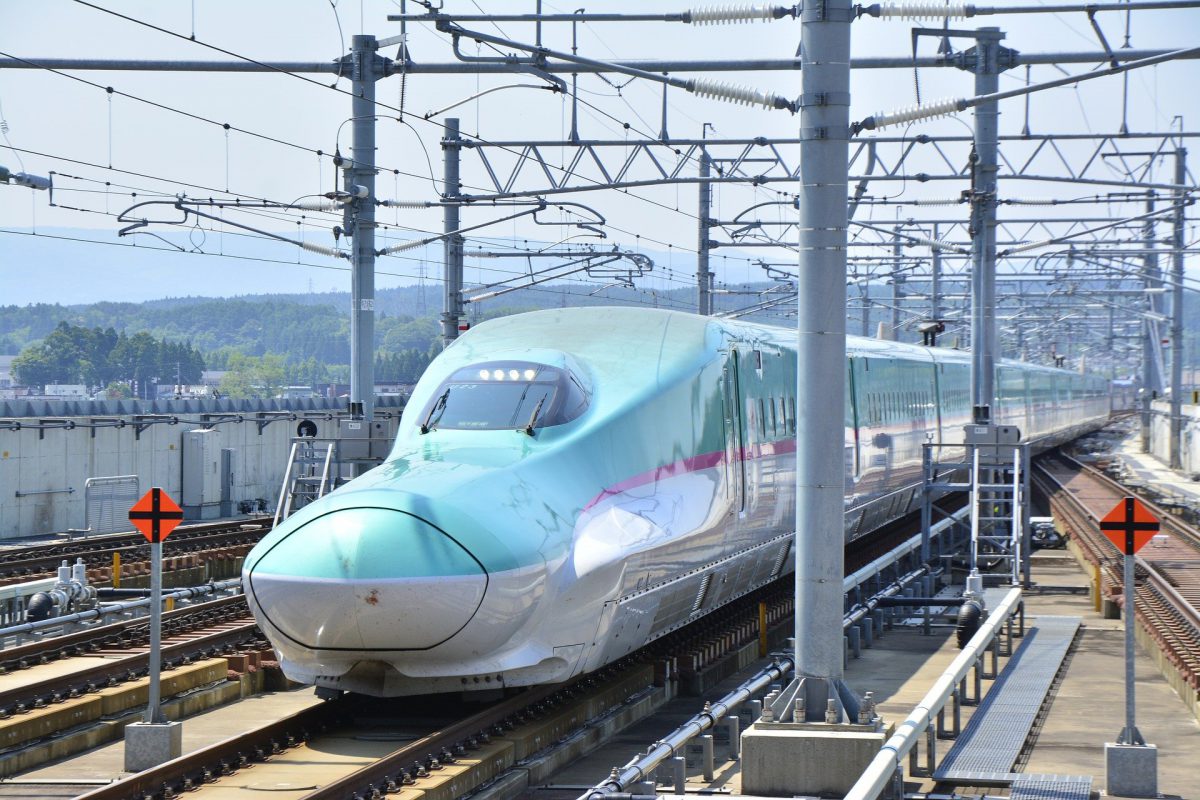
Day 1 – Castles, Temples & Onsens
After an early arrival in town, we suggest spending the day visiting the historical landmarks of the town. Many of the main sights in Aizu-Wakamatsu can be reached from the main loop bus line. Using the one-day pass, take a stroll into town to visit the famous castle, temples and onsens in town. Walk through the historical districts of Nanokamachi-Dori (七日町通り) and Noguchi Hideyo Seishun Street (野口英世青春館). The buildings have been standing these since about 50 to over 100 years, as they were all built during the Meiji, Taisho, and Showa eras, maintaining the traditional atmosphere of the town. One of your stops should definitely be the Suehiro Sake Brewery (末廣酒造 嘉永蔵) as it offers tours and tasting. For those who don’t drink but wish to partake in the fun, the coffee and sake infused pound cake served in the brewery is delicious too.

Nanokamachi-Dori
Tsuruga Castle (鶴ヶ城) and Tsurugajo City Park (鶴ヶ城市民公園) are also an absolute must see in Aizu Wakamatsu for people interested in learning more about Japanese history. Once a site of conflict, the castle, one of the most beautiful castles in Japan, and the surrounding grounds are now a popular cherry blossom viewing spot in the spring. The Meiji government once demolished the original castle in 1874, but the main keep was reconstructed in 1965. New additions such as a museum and an observation gallery were added. You can enter the castle and go up to the top floor, where you will be greeted with a gorgeous sweeping view of the surroundings including Mt. Bandai and Lake Inawashiro – home to Japan’s migrating swans. You can purchase a combi-ticket (¥520) which gives you access to the Tsuruga Castle, the beautiful maintained Rinkaku Teahouse (茶室 麟閣), where the feudal lords used to hold the tea ceremony, as well as the Oyakuen Garden (御薬園).

Oyakuen Garden
At the end of the day make your way to the rejuvenating waters of Higashiyama Onsen (東山温泉街). Only 10 minutes away by car, this hot spring resort is home to several ryokan which provide onsen baths to day visitors as well as overnight guests. Check in your ryokan here, watch the sunset from the hot spring and enjoy a delicious meal.
Day 2 – Traditional Towns, Cat Station Master, & Scenic Trains.
In the morning take a bus to Ashinomaki Onsen Station (芦ノ牧温泉駅) to be greeted by the adorable famous station cat. The cat’s name is Love and she has been the head of the station for about five years. Together with her assistant Peach, she warmly welcomes and sends off the trains at the station. Visitors aren’t allowed to hold the cats but they can gently pet him.

Ashinomaki Onsen 
Oza-Toro-Tembo Train
On weekends from April until November you can also board a scenic train called Oza-Toro-Tembo Train. This sight-seeing train crosses the landscape of Aizu and makes several stops where you can hop off. At Ashinomake Onsen Station the train makes a 10 min stop, which should give you enough time to meet Love and Peach.
Once you’re finished greeting the cats at Ashinomaki Onsen Station, it’s time to head off to the traditional town of Ouchi-Juku (大内宿), one of the most famous thatched-roof villages in Japan. Historically Ouchi-Juku was a crucial post town between Edo (modern-day Tokyo) and northern Japan. Today it is a popular tourist destination because of the well preserved traditional homes and other buildings. In fact, many locals still live in the houses and the community works hard to preserve the town’s history. When you visit Ouchi-Juku you must try their local specialty negisoba, soba noodles with green onion. The traditional way of eating the noodles is using the negi onion stalk as chopsticks to pick up the noodles. Don’t worry though if the onion stalk is too difficult to use chopsticks are also available, and you can just enjoy eating the negi!

Another traditional town to visit would be Kitakata (喜多方市) also known as the Warehouse Town. Visit the city’s kura or traditional Japanese warehouses and take a walking tour to learn about their history. At the end of the tour, sample some of Kitakata’s local ramen. The deeply colored ramen broth is made from locally brewed soy sauce cooked together with hand-sliced pork.
Back in Aizu-Wakamatsu, Aizu Bukeyashiki is also worth visiting. The former residence of a top-ranking samurai during the Edo Period was demolished during the Boshin War. It was accurately reconstructed to give visitors an idea of how samurai lived during feudal times. Take a stroll through the peaceful Oyakuen Garden. The name translates to the “medicinal herb garden”, as the locals have been growing herbs there for more than 200 years. Throughout the seasons the blooming flowers and herbs provide a beautiful pathway leading up to the center pond. Before the end of the day, we suggest trying a little bit more of Aizu-Wakamatsu’s local cuisine. The agemanju is a favorite among the locals. It’s a deep-fried bun stuffed with sweetened azuki beans.

Sazaedo Temple 
Sazaedo Temple
Our trip ends here, but they are many more interesting sight to see in the area; hike up to the summit of Mount Bandai and visit the beautiful Goshiki Numa, a cluster of several ponds and lakes, located in Bandai plateau of Mount Bandai. The nearby Lake Inawashiro is the fourth largest lake in Japan and known the ‘Heavenly Mirror Lake’ a beautiful nature spot. In Aizu-Wakamatsu, the Fukushima Prefectural Museum, the architectural masterpiece Sazaedo Temple and Mount Iimori with the tombs of some of the brave samurai soldiers who committed seppuku (ritual suicide) when they thought the war was lost. Aizu-Wakamatsu is a great weekend trip out of the city. It offers beautiful scenery as well as a rewarding history on Japanese culture – a great weekend trip if you ask us!
Follow us on Instagram, Facebook and Twitter for more travel inspiration. Or tag us to get featured!
Happy travelling!
Other articles you might like

Jamila Brown is a five-year resident of Japan, teaching in the day and writing at night. She enjoys movies, reading, cosplaying, and eating good food in her downtime.
This post may contain some affiliate links. When you click through and make a purchase we may receive some commission, at no extra costs to you.
